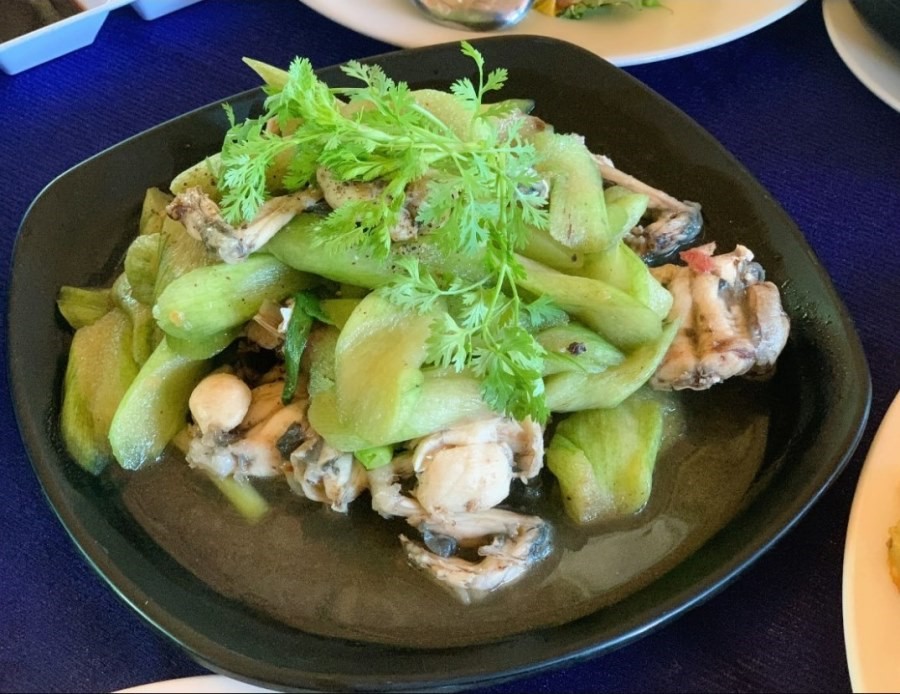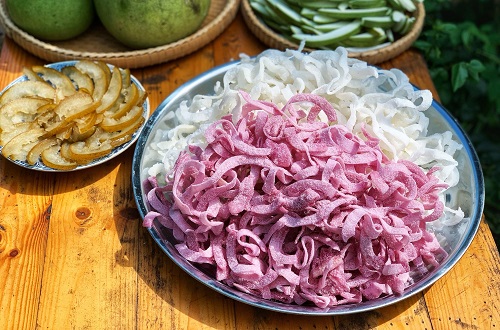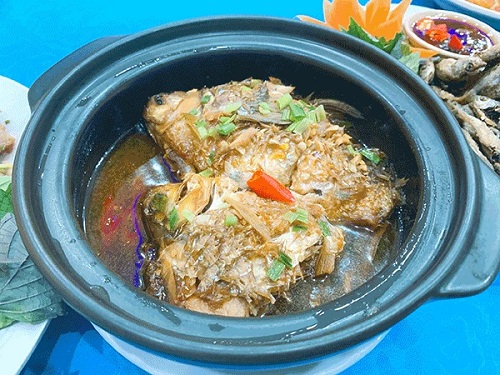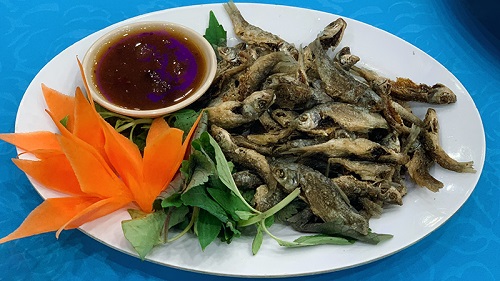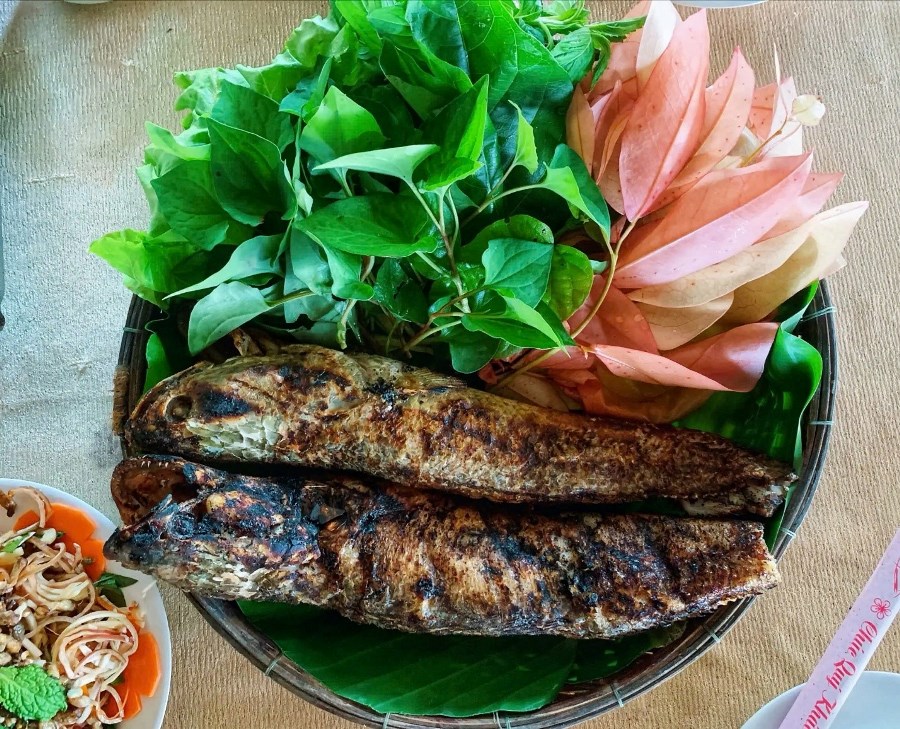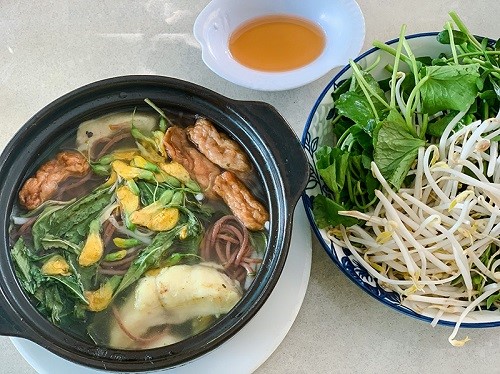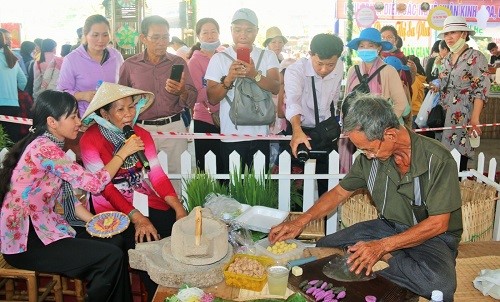
Vietnamese cuisine has been recognized by the world many times. Most recently, for the first time Vietnam has had five culinary records granted by two world organizations. Specifically, Hong Kong-based World Records Association (WRA) has recently acknowledged five culinary records set by Vietnam, including: the country has the largest number of “strand and broth” dishes in the world and the most kinds of mam (fermented seafood) dishes with unique flavors in the world. Vietnam also has the world's most dishes made from flowers; boasts the most kinds of special rolls and dishes made from rice flour. In late 2020, these five world records of Vietnam had been recognized by World Records Union (WorldKings), the first union of national and regional records organizations in the world, in late 2020.
Another example, TasteAtlas – a website dubbed the “world food map” has announced a list of 100 most delicious pastries globally. Voting criteria are based on the popularity of the dish. In the ranking of 100 most famous cakes in the world this year, a representative of Vietnam was named pork skin cake.
Those facts show that the potential of Vietnamese cuisine is very rich. However, what has our country's cinema exploited from this potential?
Over the past 20 years, only a few films have exploited culinary topics, such as “Mùi ngò gai”, “Kungfu phở”, “Vua bánh mì”, “Bánh mì Ông Màu”, etc. However, However, these films do not delve into the methods and the cultural values of Vietnamese cuisine. For example, the movie “Vua bánh mì” is more of a conflict of interests than a story about the traditional profession of making “bánh mì” (Vietnamese baguette). The knowledge in the movie, for example, “in the old days, our grandparents eat bánh mì to fight hunger” is also very misleading. Or in the movie “Bánh mì Ông Màu”, the skill of making the filling for “bánh mì” is also very sloppy, “more said than done”.
One funny thing when many people talk about Vietnamese movies is eating too much. Turning back and forth, there are scenes of characters eating, from restaurants, eateries to home. The kitchen appears a lot in the movie. But what they eat, what they cook is almost unexploited. It would be more special and attractive if the movie focuses on a delicious dish, the way a mother teaches her child to cook...
Talking about this issue, filmmakers also have several difficulties. Firstly, movies about Vietnamese cuisine are not attractive to viewers because it's very difficult to build a profound, interesting plot with sensational scenes. Next, in order to complete a well-rounded and beautiful culinary film, the investment is very large. In addition to the cost of materials, the preparation of the scene, the shooting angle, and the equipment are exceptionally elaborate because everyone knows that shooting food is the most difficult area in cinema. In addition, when the film deals with food, especially traditional cuisine, it is also necessary to have deep knowledge and understanding to get convincing footage, it’s not like “to watch flowers while riding on horseback”. Such a high-risk investment that filmmakers are often afraid to invest in this subject.
A movie, if fully exploiting the value of the scene, will have a great effect. The movie “Kong” filmed in Vietnam or the film “I see yellow flowers in the green grass” filmed in Phu Yen province are typical. It is necessary to have films about Vietnamese cuisine so that our country's delicacies are known to many people, thereby promoting Vietnamese tourism and culture.
Source: Can Tho News - Translated by Hoang Dat







